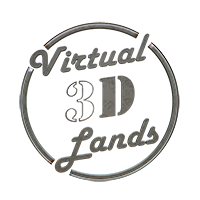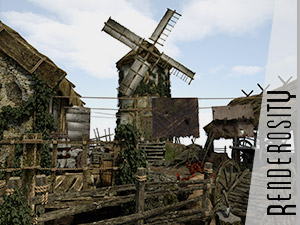Vue vs Bryce vs Octane Render vs Cycles: antialiasing on reflexions
This article is a comparison between the different render engines I have used over the Years: Bryce 7 - Vue Infinite 2016 - Octane Render 2024 - Blender Cycles 4.3
The main differences
One thing I always appreciated in Bryce was the quality of its reflexive materials and antialising. The reflections were always silky smooth. On the contrary, in many Vue images, water reflections look quite crappy. This is a way I could tell an image was done with Vue.
By nice antialiasing, I mean something like this:

The test
So I wanted to compare antialiasing and reflection quality for different software to see the quality you can get and the render times.
I set up the very same scene in all programs:
- Same object (exported from Bryce)
- Same camera angle
- Same IBL map used in all three
The only thing I was unable to make identical is the lighting. This difference is mainly due to the result in IBL set up.
Bryce and Vue images were rendered on the same computer (CPU rendering: 8 cores at 4 ghz).
Octane and Cycles images were rendered on the same computer and same settings (GPU rendering on a 4090).
All images were rendered at the same size: 600 x 600px
Bryce 7.1 image
IBL render with 128 quality and superfine antialiasing.
Render time: No idea, but likely to be more than 30 minutes (!).
Appreciation: the antialiasing is silky smooth, but at the price of a very long render time. The shadows around the trifoil remain patchy.
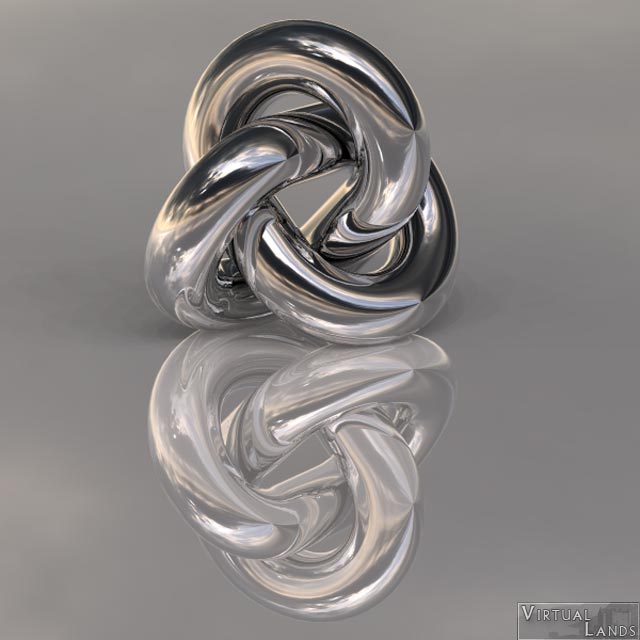
Vue image
Environment mapping render with radiosity. Crisp antialiasing with lots of subrays per pixel (min: 24, max: 48).
Render time : 3'.28" (8 cores at 4 Ghz)
Appreciation: With these high settings, the antialiasing is fine, and the shadows better than on the Bryce image. The "black hole" of the HDRI image is very apparent.
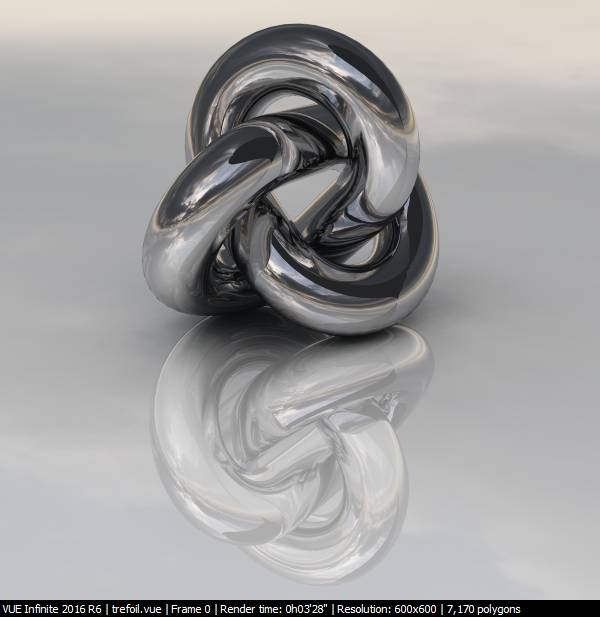
Octane Render image
IBL environment and a slight depth of field (DoF) effect. I tried to find the most efficient way to balance the number of samples and denoising.
I started with 4096 samples and denoising, which gave me a rather long render time of 28".
I then reduced the number of samples to keep quality acceptable.
Render time: 5" with 256 samples (1x Geforce 4090)
Appreciation: Clean image. Lowering the sample number had little effect on the main object quality, but the reflexion was a bit patchy. 256 samples is a good balance.
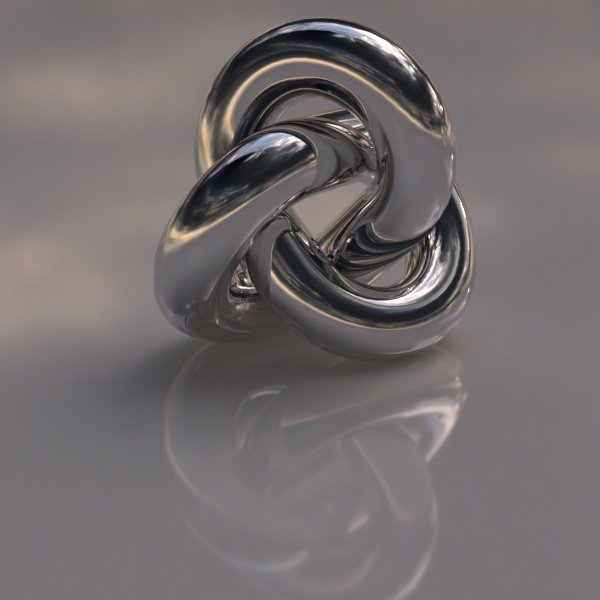
Blender Cycles image
Environment mapping a slight depth of field (DoF) effect. Again, I looked for the balance between the number of samples and denoising. The main difference is in the reflection.
Render time: 2" with 256 samples (1x Geforce 4090)
Appreciation: Very clean and very fast.
Cycles is fast even with a larger number of samples. With 4096 samples the image rendered in less than 4".
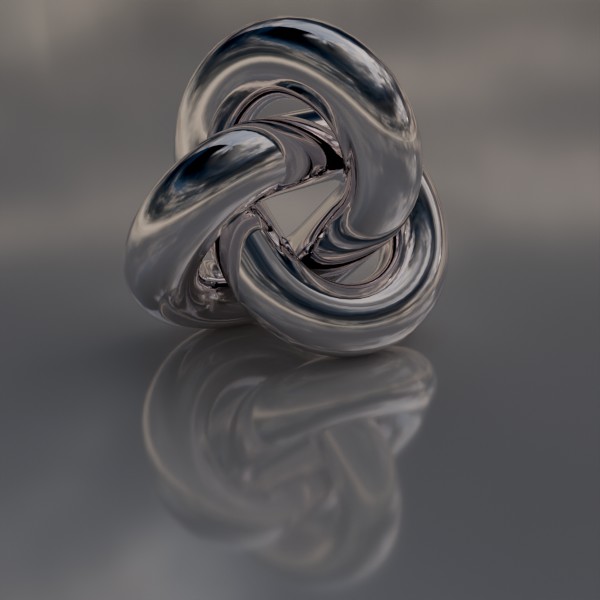
Conclusion
It all started as an image quality issue, but now it is mostly a race for speed. GPU renderers handle reflexions very well and the denoiseing feature enables you to reduce the number of samples a lot. With such speed and assistants, antialiasing quality is no longer an issue. Scenes like this can even render almost in real time.
